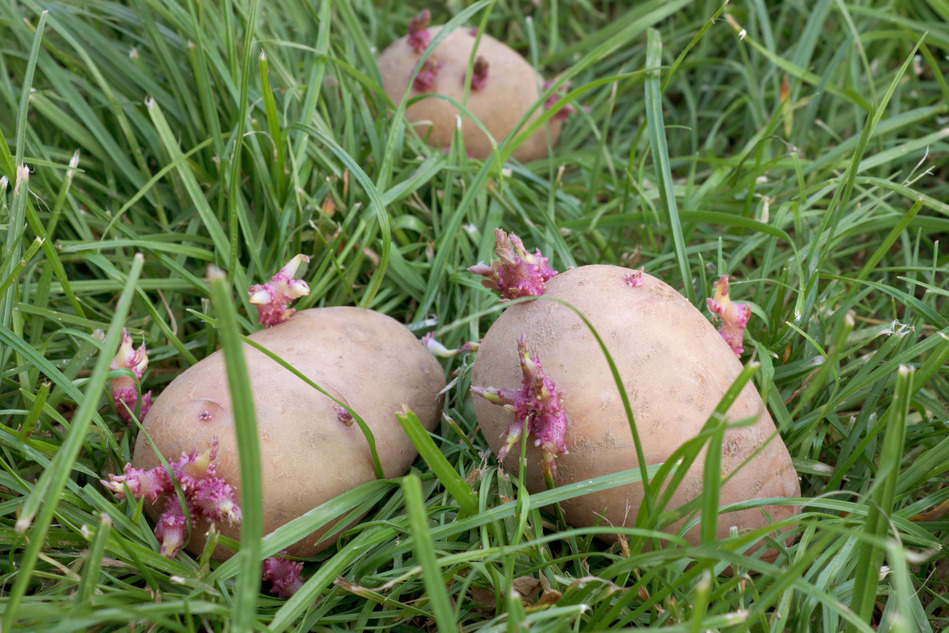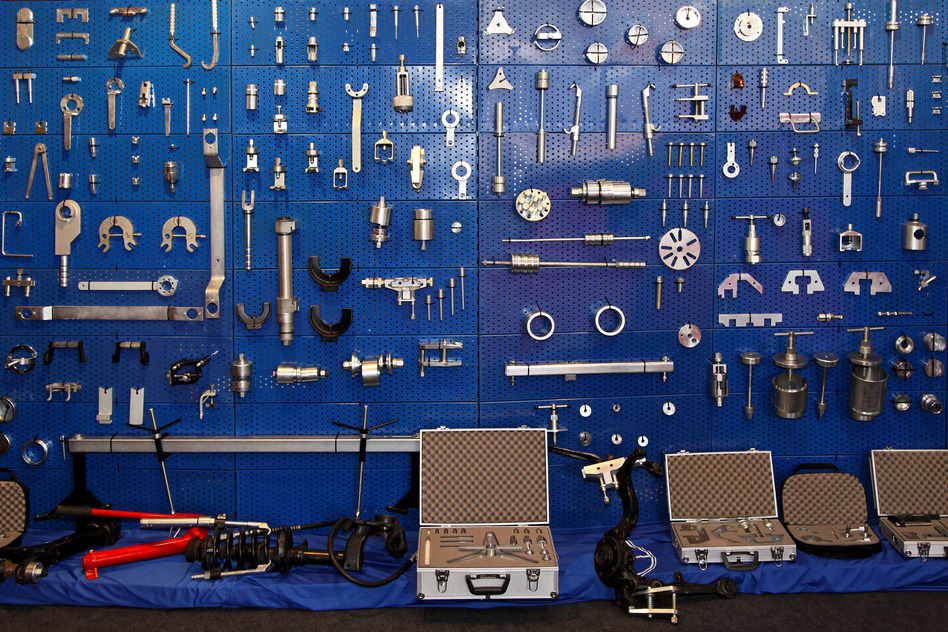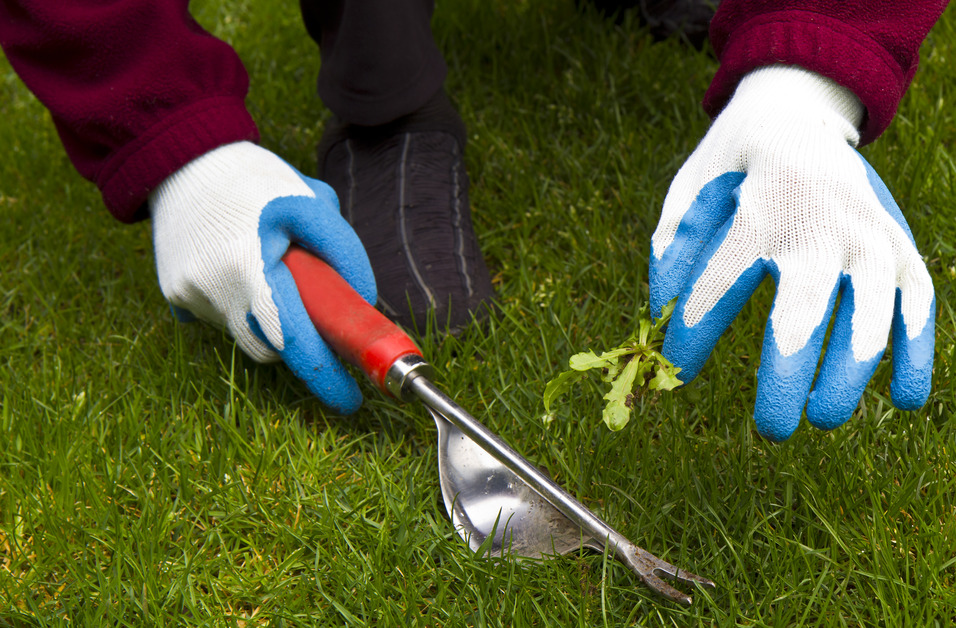Free seeds and starter plants for your vegetable garden happily live in your refrigerator and pantry. Plant a potato and you’ll harvest a bagful; plant a single horseradish root, and you’ll grow a field of the eye-watering spice.
Theoretically, every fruit or vegetable seed in your kitchen can germinate and deliver baby produce. But some store-bought veggies are hybrids and produce offspring that look nothing like their parents. Others are irradiated to prevent insect infestation, or sprayed with anti-sprouting chemicals to prevent spoilage, which wrecks their ability to go forth and multiply.
Your best bet is to shop for produce in an organic market. Seeds (and tuberous roots) from chemical-free produce yield plants that sprout readily and look like their folks.
Here’s a look at some kitchen leftovers you can plant this spring.
Celery: The next time you chop celery, save the crown (the bottom), place it in a shallow bowl of water until the center leaves turn green and sprout, then transplant it into your garden. Or, just plant the crown straight from crisper into garden, keeping the top of the crown at soil level. Not only is celery a yummy vegetable, it attracts beneficial insects that keep unwanted bugs at bay.
Garlic: Separate cloves and plant the largest ones pointy-side up, under about 2 inches of rich, well-drained soil. Plant garlic around roses to reduce black spot and sooty mold.
Poppies: For a brilliant floral display, shake poppy seeds directly from the container onto well-drained soil. Lightly press into the ground and cover with a dusting of soil. Thin seedlings to about 10 inches apart.
Horseradish: In the fall, plant the tuberous horseradish roots horizontally under 2 inches of soil that’s been well-worked with compost. The plant is invasive and spreads quickly, so plant at the end of garden rows or in areas where they have room to wander. Harvest with a pitchfork in late fall.
Ginger: Select a plump ginger rhizome with many small, growing buds. Plant just under rich soil in a spot with filtered sunlight and wind protection. Avoid planting in low-lying areas, or in spots with poor drainage.
Sesame: These seeds grow into flowering plants that are resistant to heat, drought, and pests. Press seeds 1 inch into well-draining soil. Water lightly for 3-5 days after planting, then as needed. Be sure not to overwater, because sesame plants do not like to sit in wet soil. Harvest in about 150 days after seed pods open and seeds are thoroughly dry.
Beans and peas: It’s easy-peasy to plant any dried bean or pea. Just push the seed under 1-2 inches of loose, rich soil in a location that gets at least 6 hours of sun each day. If your soil is hard clay, grow beans and peas in a container.
Potatoes: If you’ve ever kept a potato too long in a bowl, you’ve seen the plants begin to sprout. Place the potato in a 10-inch-deep hole, and cover with rich soil. As the plant grows, continue to mound soil around its stem. Harvest potatoes in late fall.
Tomatoes: If you love heirloom tomatoes, cut them in half to scrape out their seeds. “Ferment” seeds in a glass jar with about a cup of water for 2-4 days. When a foamy mold appears, rinse and dry seeds on a paper plate. Start tomato plants indoors in containers, then transplant to a garden spot with full sun.





